My first trip to Valparaiso, Chile was in 2014 when I was backpacking around South America. I loved Valparaiso so much for its vibrant life. I believe it is the graffiti capital of the world. Every single corner, street, door, and wall is painted a vibrant color with a unique art piece. The city has an anarchist feel to it, with everyone taking back their individuality and right to be alive the way they want to be alive. This is mirrored in the street art. I have selected a few interesting pieces from Valparaiso and written an analysis of each one.
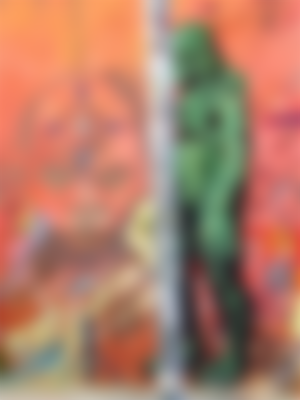
A Wall Dialogue
When I was in Valparaiso in 2014, this piece jumped out at me and became my favorite artwork of the city. I was infatuated with the face and the colors, and would take a detour to through the paseo of cerro concepcion just to see it whenever I was in the area. Returning to Valparaiso in 2019, I was excited to return to the piece. Imagine my surprise when I found that someone had drawn over part of the mural with what appears to be a teenage mutant ninja turtle. My initial reaction was anger that any one would deface such a beautiful painting. However, over time the green figure made me appreciate the fluidity and impermanence of graffiti.

"Henri Lefebvre in The Urban Revolution said that “Society has been completely urbanized… The street is a place to play and learn. The street is disorder…This disorder is alive. It informs. It surprises… The urban space of the street is a place for talk, given over as much to the exchange of words and signs as it is to the exchange of things. A place where speech becomes writing. A place where speech can become ‘savage’ and, by escaping rules and institutions, inscribe itself on walls" (Irvine: 9).
In this sense, public walls provide a space for artists to have a dialogue with one another. Part of this dialogue is painting over or next to someone else’s work. Graffiti shows that everything in life is in constant flux and cannot be controlled. It emphasizes the disorder of life and perhaps allows a passerby to accept this chaos and let go of some internalized rules.

This graffiti piece was created by artists Elliot Tupac of Peru and Charquipunk of Chile. The piece is a legal graffiti artwork and was commissioned by LAN airlines. Over the past decade graffiti has become recognized by the very multi-million dollar companies that the art form first sought to resist. Gleaton states that :
“It is argued by some that this has negatively affected the art form as its depiction in the commercial sector presents a sterilized impression, divergent to what the art form in its rawest form is meant to represent. That being said, when the style is used for commercial means, it takes on a very different meaning. Instead of achieving some sort of social result or inspiring social change-forcing the viewer to think as any form of artwork would function, it “becomes a tool working in the service of another object” (113)” (Gleaton 2012: 52).
The very roots of graffiti were to take back the public space that advertisers and governments wrongfully controlled. It became so successful that nowadays companies such as LAN have exploited the art-form for their own purposes. While it may not be directly advertising their company, their various commissioned graffiti pieces are shown in the magazine that most of their fliers read while aboard their planes.
Further, Charquipunk is an artist that is very well known in Valparaiso. His art pieces can be found all over the city, and many pieces include a hummingbird. Irvine speaks of the phenomenon that has occurred to many well known graffiti artist:
“In the past fifteen years, many street artists have gone from underground, usually anonymous, hit and run, provocateurs pushing the boundaries of vandalism and toleration of private property trespass to highly recognized art stars invited to create legal, commissioned wall murals and museum installations” (Irvine: 6).
Along with the exploitation and commercialization of graffiti from companies such as LAN, we are also seeing many artists working alongside such companies who once were working against them. This can be argued as a progress in the recognition of graffiti as an art-form and a step up for these artists. However, if the very root of graffiti is to be able to express freely and without censorship the thoughts of an artist, then this root has faded. When Charquipunk is commissioned by a large company to create a certain piece, he does not have the same artistic freedom and raw feeling behind a piece as when he is simply creating for creating’s sake.

Tagging Over Murals
This mural was made for the project “Valparaiso en Colores”, meant to bring artwork to the less well-off cerro lecheros. However, the mural was anonymously tagged over during the night, destroying the work that was done. Irvine writes that:
“Street art began as an underground, anarchic, in-your-face appropriation of public visual surfaces, and has now become a major part of visual space in many cities and a recognized art movement crossing over into the museum and gallery system” (Irvine: 1).
This photo shows the potential faction between taggers and muralists. Every art movement evolves, and graffiti’s evolution now incorporates more commissioned artworks rather than illegal throw-ups. Many people were upset at the “vandalism” of the mural. However, if the basis of graffiti is to give everyone a voice and assert public space for all, then the tagger had the same right to that wall as the muralist. There is a danger in giving more validity to the sanctioned muralist than to the illegal tagger, because in doing so it un-democratizes the graffiti movement.
Gleaton argues that :
“Many graffiti writers were after recognition, by means of “spray-painting the most trains or the best pieces,” but it was the street artist that “wanted to communicate with the passerby or shape their environment without any constraints” (9)” (Gleaton 2012: 12).
I disagree with this statement because it insinuates that tagging does not communicate with the public or shape the environment. It also does not recognize the social message behind the desire of recognition and of spray-painting one’s name on as many walls as possible. It also creates a divide between graffiti writers and street artists that does not always exist, for many street artists are also graffiti writers.

Decapitated Heads
This mural can be found in the flat land of Valparaiso that is less well off and generally has darker art pieces than other parts of the city. It depicts a woman of many heads holding in her two hands the decapitated head of a businessman and the decapitated head of an indigenous man. Gleaton writes that in graffiti pieces,
“Rarely are the messages hard to decipher. Instead, street artists rely on simple, concise messages and a fusing of thoughts, ideas and commentary to initiate a political dialogue” (Gleaton 2012: 18).
In this case, the mural does not rely on simple imagery to convey an obvious point. In fact, many pieces in Valparaiso are more abstract and multi-layered than Gleaton’s description of graffiti. There are many different ways ones could interpret this mural, and it does not offer one simple political dialogue.
This mural includes the head of an indigenous man, a theme that can be found in many artworks in Valparaiso (though usually the head is not decapitated). Many graffiti artists convey a theme of a pre-Columbian society through their works. If graffiti is a form of social commentary and a reflection of the current state of affairs, these artworks depict Chile’s desire to return to its pre-Columbian routes. Perhaps it reflects a search for a national identity that is outside of the identity sanctioned by the government and neo-liberal businesses.

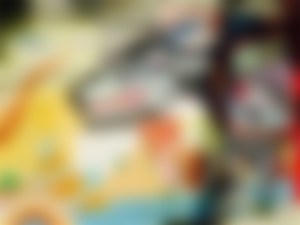
Graffiti Outside of My House
Both of these pieces are on the walls outside of my old house in Valparaiso, however I never took the time to look at them until writing this. I also lived here for two months in 2014 and barely recognized them when I returned. Ernest Abel and Barbara Buckle wrote:
“Do we stop searching for the inner meaning of a painting or a poem when it appears on a wall merely because we do not happen to acknowledge the wall as a suitable receptacle for art or literature? Do we stop trying to understand what motivated the artist or the writer merely because he chose to express his thought through some unconventional medium? (14)” (Gleaton 2012: 47).
I knew the murals of cerro alegre and concepcion better than the murals on my own home because I acknowledged the walls of those cerros as valid receptacles for art. I did not stop and search for meaning in these two murals because I did not recognize the validity of them due to their location. This is similar to the social experiment conducted in the DC metro station by famous violinist Joshua Bell. Joshua Bell is one of the best violinists in the United States, and in the 2007 he dressed like a normal street performer and played well-known works in the DC metro station to see how many people would notice him. Out of 1,070 passerbyers, only 27 people even acknowledged him. This is coming from a violinist who a week before had played at a sold out show at Boston’s Symphony Hall where tickets sold for about $100 per person. This proves Abel’s and Buckle’s point that people are only receptive to art when the art is presented in a socially acceptable manner.
Further, I may have glazed over these two murals due to an overload of visual sensory. As de Certeau observed,
“from TV to newspapers, from advertising to all sorts of mercantile epiphanies, our society is characterized by a cancerous growth of vision, measuring everything by its ability to show or be shown and transmuting communication into a visual journey. It is a sort of epic of the eye and of the impulse to read. (65)” (Irvine: 21).
While graffiti on the streets may liven up a city and bring new messages to its citizens, is it possible to have too much graffiti? Valparaiso is known for its endless graffiti, and many goods have come out of it. However, walking down the street can become overwhelming, and the visual overload can cause a shutdown in respectability of what the city has to offer. Just as pedestrians do not have a choice in consuming the big billboards and advertisements of businesses, they also do not have a choice in consuming the various graffiti pieces on their city walls.
The Beautiful City of Valparaiso




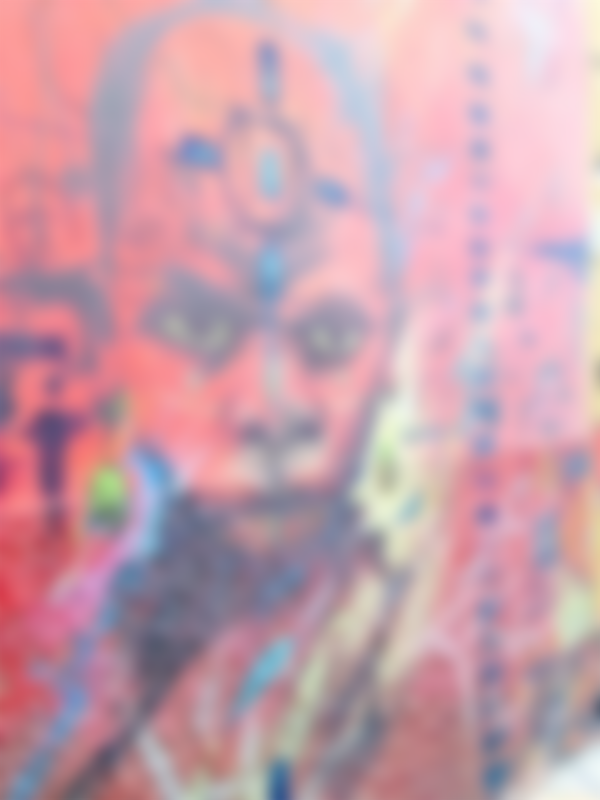
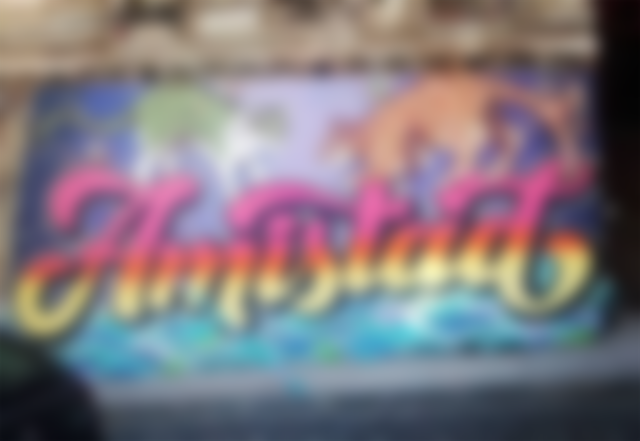


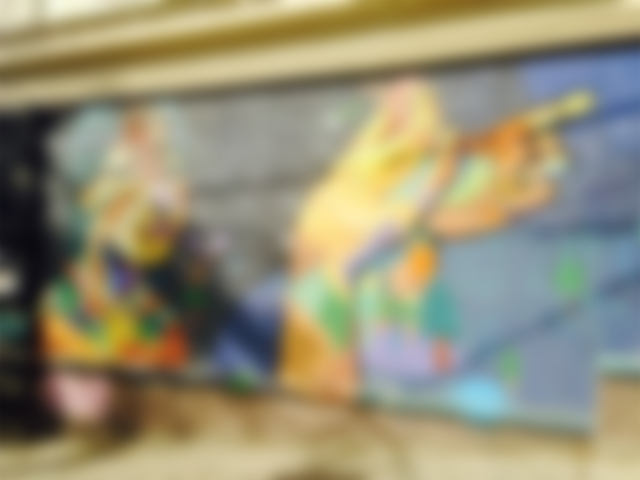
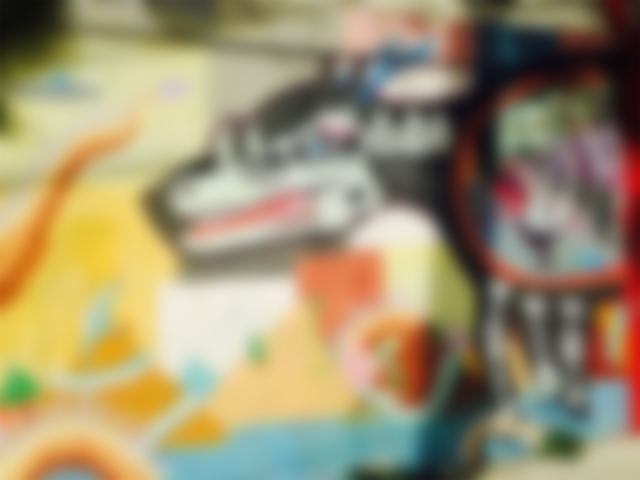


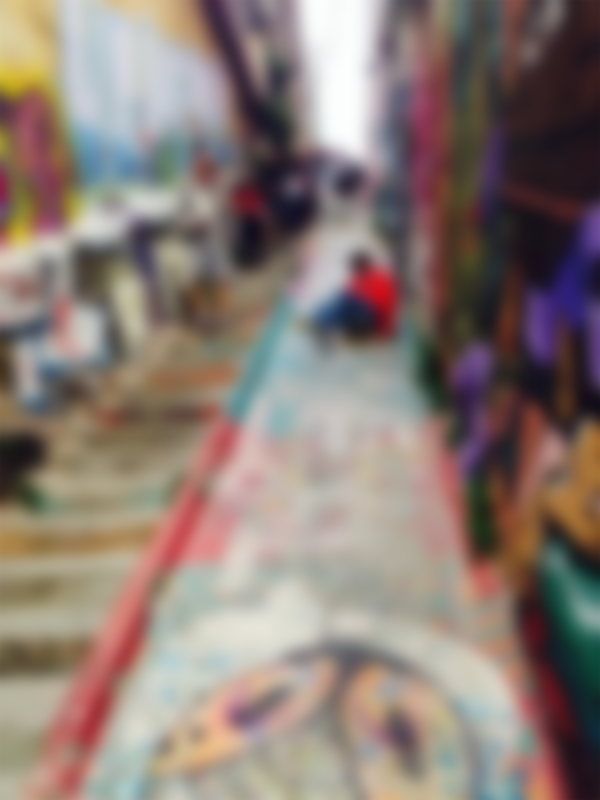
Amazing!